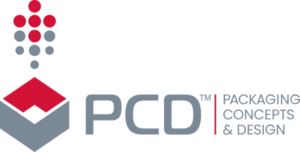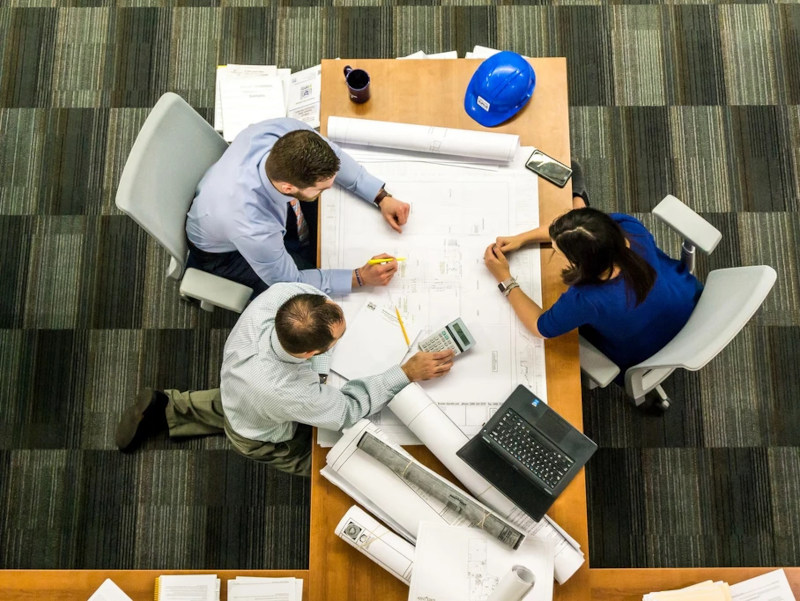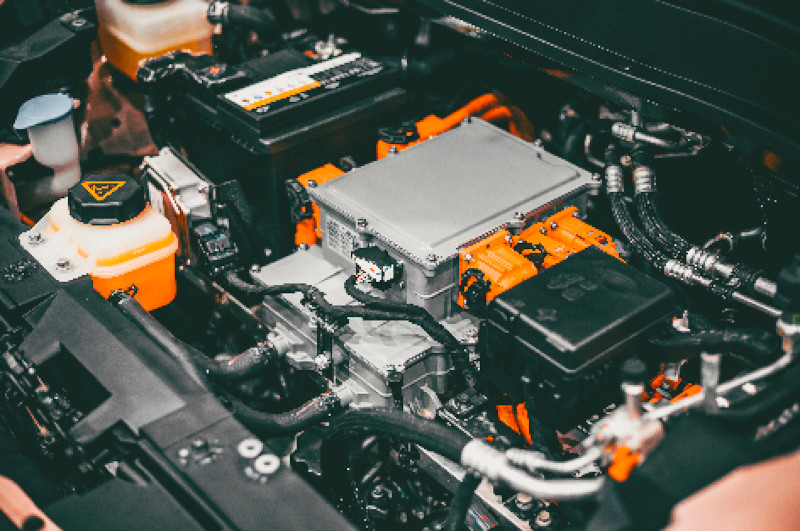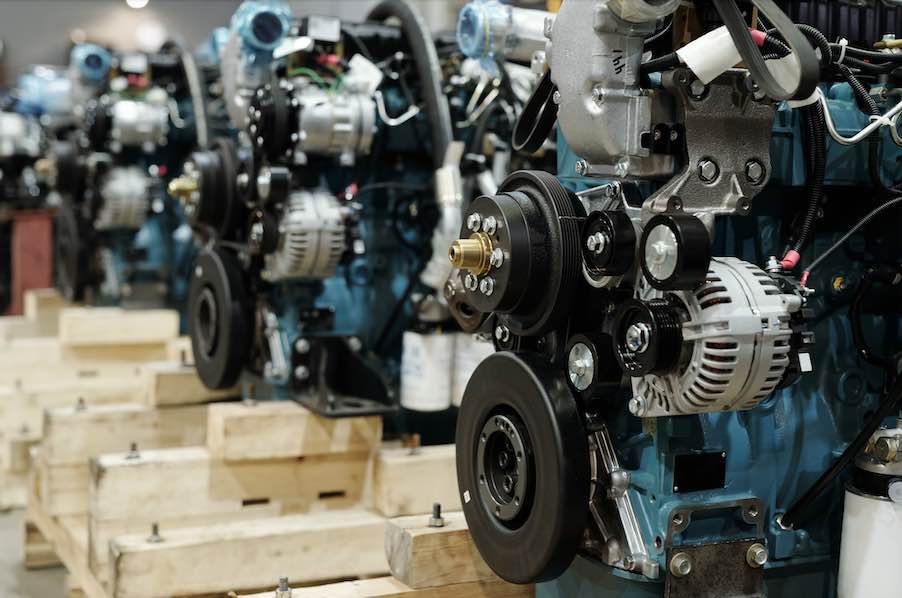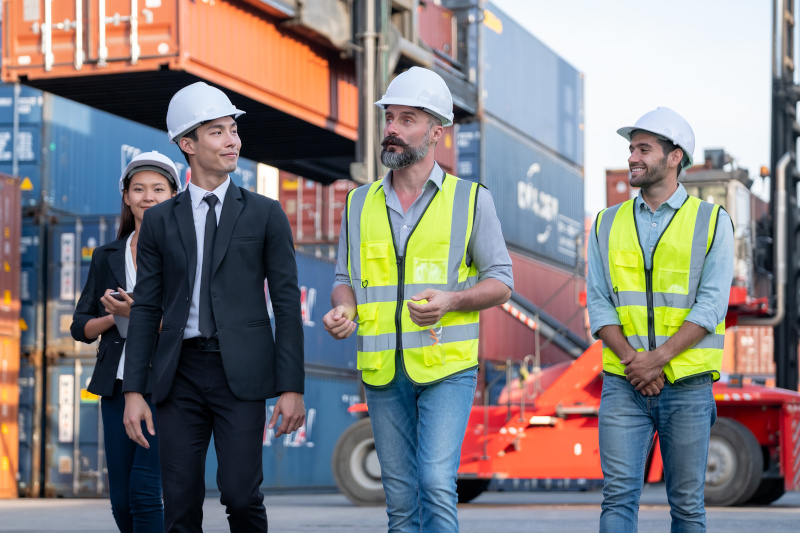It is likely you’ve landed on this article because you’re searching for some answers to a packaging problem. You either know what packaging design you want and are shopping around for the best ways to produce it or you are seeking expertise to inform a more sophisticated packaging solution.
In either case, packaging development is a complex, lengthy process. Done correctly, you stand to reap many benefits, including lowering your total supply chain costs. Done incorrectly, you’ll have a load of frustration on your hands and risk increasing your total supply chain costs.
Here are the 5 steps to managing the packaging development process as an engineer.
Decide on External Resources
More than likely, you will have to use third party resources. If you need a packaging solution firm, do your research and choose the best company to be your partner in the process. If you’re not sure how to pick the right packaging solution firm, we have some tips here.
Plan a Project Kickoff Meeting
Once you’ve hired a packaging solution provider, you can schedule the project kickoff meeting. Everyone involved in the packaging development process, from the design team to the project planners to the administrative assistants, need to get together in the same room—including your external resources. Internal kickoff meetings can be beneficial, but we stress the importance of having face time with external stakeholders. Project objectives should be communicated clearly from the start. This step will set the precedence for the rest of the project and will heavily influence its success or failure.
Fine Tune the Packaging Concept
Packaging design and development affects many areas of a company. Marketing, Purchasing, Logistics and other departments should be consulted in order to produce a packaging concept that benefits all. This can be accomplished in the initial kickoff meeting or in an additional meeting (including external stakeholders). During this stage, the following should be conducted:
-
An in-depth analysis of your total supply chain.
-
A critical review of your packaging and product design.
-
Recommendations by external stakeholders for opportunities for container redeployment
-
A cost analysis
Prepare for Development
After everything has been brushed with a fine-toothed comb, you should have a better idea as to what materials you will need, how the packaging concept will impact your total supply chain, and have a quote from your packaging solution provider. You should also know what systems and technologies will be needed to develop the packaging. Additionally, at this stage you should be fully aware of any packaging constraints:
-
Is there certain information or labels that must go on the outside of your package?
-
Are there regulations on the product you’re shipping and therefore regulations on the kind of materials/packaging that can be used to ship it?
-
What kind of tests are required to ensure the product arrives safely? Does the government require specific testing?
Prototype Development and Testing
Designing and testing prototypes is the next step. They should be produced in a smaller quantity than would be for final development. However, several prototypes should be made to get accurate testing results. After you approve the prototype it will be put through the tests you determined necessary in the last step. Sometimes, you may have to go back to the drawing board until you get it right.
Final Development
Once your packing concept has passed testing and been approved by all stakeholders, it can officially be produced. Make sure you’ve kept a record of all necessary data, drawings, packing instructions, materials, and other specifications in an accessible file. You, your boss, or a predecessor may have to reference it in the future.
The most difficult aspect of packaging development is all the moving parts. But if you’ve planned for each stage and set your objectives up front, things will move along quickly and smoothly.
We have extensive experience designing packaging that meets our clients’ unique needs and transforms their supply chain. If you’d like to learn more about how we can help you manage a packaging project, don’t hesitate to contact us!
